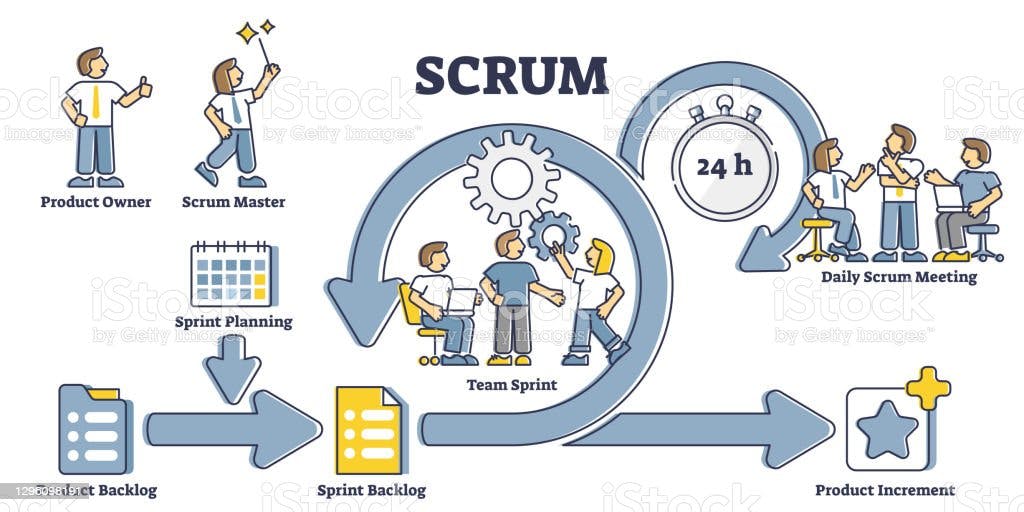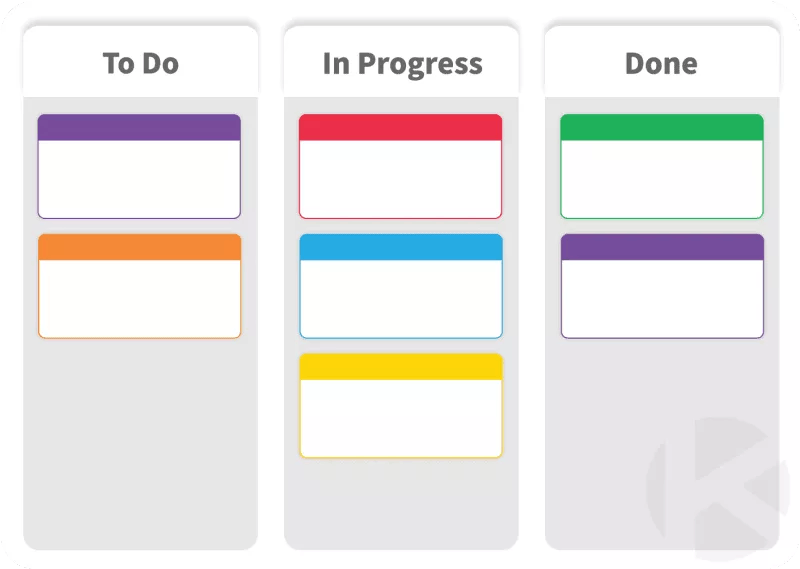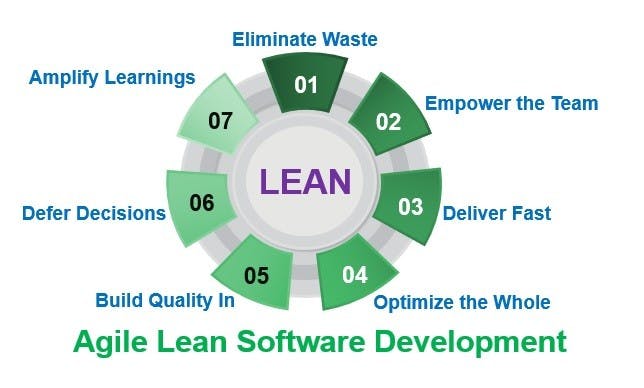Table of contents
Introduction:
In the dynamic world 🌐 of software development, the Agile model has emerged as a popular and effective approach. 💻✨ It offers a flexible and iterative framework that prioritizes collaboration, adaptability, and frequent feedback. In this article, we will explore the Agile model in detail, examining its key principles, methodologies, benefits, and real-world applications. 🔍 Let's delve into the world of Agile and discover how it revolutionizes software development! 🚀 From understanding the core principles to exploring various frameworks and best practices, we've got you covered. So, fasten your seatbelts and get ready to dive into the exciting world of Agile!🤝
Understanding the Agile Model:
The Agile model is an iterative and incremental approach to software development. It emphasizes adaptability and collaboration among cross-functional teams to deliver high-quality software solutions. Unlike traditional methodologies, Agile does not follow a strictly sequential process. Instead, it divides the project into short iterations, known as sprints, allowing for continuous improvement and responsiveness to changing requirements.
Key principles of the Agile model:
Customer collaboration:
The Agile model encourages close collaboration with customers or end-users throughout the development process. Regular feedback and involvement ensure that the software aligns with their evolving needs and expectations.
Adaptive planning:
Agile embraces change as a natural part of software development. It focuses on adaptive planning, allowing teams to adjust priorities, requirements, and project scope based on feedback and emerging insights.
Iterative development:
Agile promotes iterative development, breaking the project into manageable sprints. Each sprint results in a working increment of the software, which can be reviewed, tested, and adjusted based on feedback.
Continuous improvement:
The Agile model fosters a culture of continuous improvement. Teams reflect on their processes, identify areas for enhancement, and make iterative adjustments to deliver better software and optimize project outcomes.
Popular Agile methodologies:
Scrum:
Scrum is one of the most widely used Agile methodologies. It emphasizes self-organizing, cross-functional teams and divides the project into time-bound sprints. Regular ceremonies like daily stand-ups, sprint planning, reviews, and retrospectives facilitate collaboration, transparency, and continuous improvement.

Kanban:
Kanban is another Agile methodology that focuses on visualizing and optimizing workflows. It utilizes a Kanban board to track tasks, limit work in progress, and ensure a smooth and efficient development process. Kanban provides flexibility in managing priorities and supports a continuous flow of work.

Lean software development:
Inspired by Lean manufacturing principles, Lean software development aims to eliminate waste and maximize value. It emphasizes delivering value early, optimizing the whole system, and creating a culture of continuous learning and improvement.

Benefits of the Agile model:
✅Flexibility and adaptability: Agile allows for flexible planning and the ability to respond to changing requirements, ensuring that the software remains aligned with the evolving needs of customers and stakeholders.
✅Faster time-to-market: The iterative nature of Agile enables faster delivery of working software increments, allowing organizations to release valuable features earlier and gain a competitive edge.
✅Enhanced collaboration: Agile promotes close collaboration among team members, stakeholders, and customers. Regular communication, feedback loops, and shared ownership foster a collaborative and productive work environment.
✅Improved quality: Through continuous testing, frequent reviews, and early customer feedback, Agile enhances the overall quality of the software. Defects and issues are identified and resolved early in the development process.
Real-world applications:
The Agile model finds application in various software development scenarios, including:
Web and mobile app development: Agile methodologies are well-suited for web and mobile app development, where requirements and user expectations can evolve rapidly. Agile allows teams to deliver incremental updates and respond quickly to user feedback.
Product development: Agile is widely used in product development, enabling organizations to adapt their products based on market trends, customer feedback, and emerging technologies.
Complex projects: Agile methodologies are effective for complex projects that require continuous collaboration and the ability to address evolving challenges. It allows teams to break down complexity and deliver value in manageable increments.
Conclusion:
The Agile model has revolutionized software development by providing a flexible, collaborative, and iterative approach. With its customer-centric focus, adaptive planning, iterative development, and continuous improvement, Agile enables teams to deliver high-quality software solutions that meet evolving requirements. By embracing Agile methodologies like Scrum, Kanban, and Lean software development, organizations can enhance their productivity, responsiveness, and overall success in today's fast-paced software development landscape.
That's it, folks! 😊 I hope you found this blog helpful and learned something new. If you did, please show some love with a like ❤, and don't forget to follow me on Hashnode, Blog, Twitter, and GitHub. Also, subscribe to my Hashnode newsletter to stay updated on my future posts. Thanks for reading, and have an amazing day!
